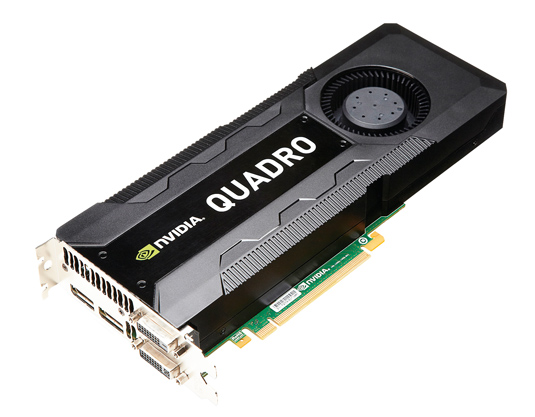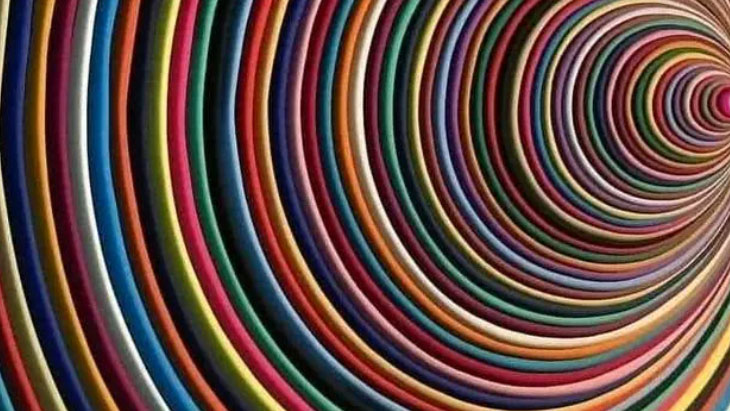Why you can trust Creative Bloq

There has been a slight change in the format of high-end workstations
in recent years, with CPU clock speeds settling down but more cores being added. More importantly for artists is that the GPUs are starting to be used more frequently for compute tasks, as well as display and render tasks.
Nvidia's latest line of Quadro GPUs, based on its Kepler architecture, are a significant step up from the previous versions. It's all well and good talking about statistics, and the K5000 does well in numbers, but the daily use of a GPU is important too.
If you need a high-end GPU, but can’t stretch to the K6000 range, then this card is the one to opt for
The Cinebench score of over 60fps (on a 12 core HPZ820) is more than respectable at this price point, and while the card itself is large, it's quiet and runs relatively efficiently, at 122 Watts.
Manipulating dense scenes in Maya or Cinema 4D feels snappy and fluid and large texture sets are handled with ease. Users of Adobe CC products like Photoshop and After Effects will also notice how smoothly the card handles display duties, with up to four screens as well (two display port and two DVI).
If you need a high-end GPU, but can’t stretch to or don’t quite need the top of the range K6000, then this card is the one to opt for.
This article originally appeared in 3D World issue 183 - on sale now!
Daily design news, reviews, how-tos and more, as picked by the editors.

Rob Redman is the editor of ImagineFX magazines and former editor of 3D World magazine. Rob has a background in animation, visual effects, and photography.
